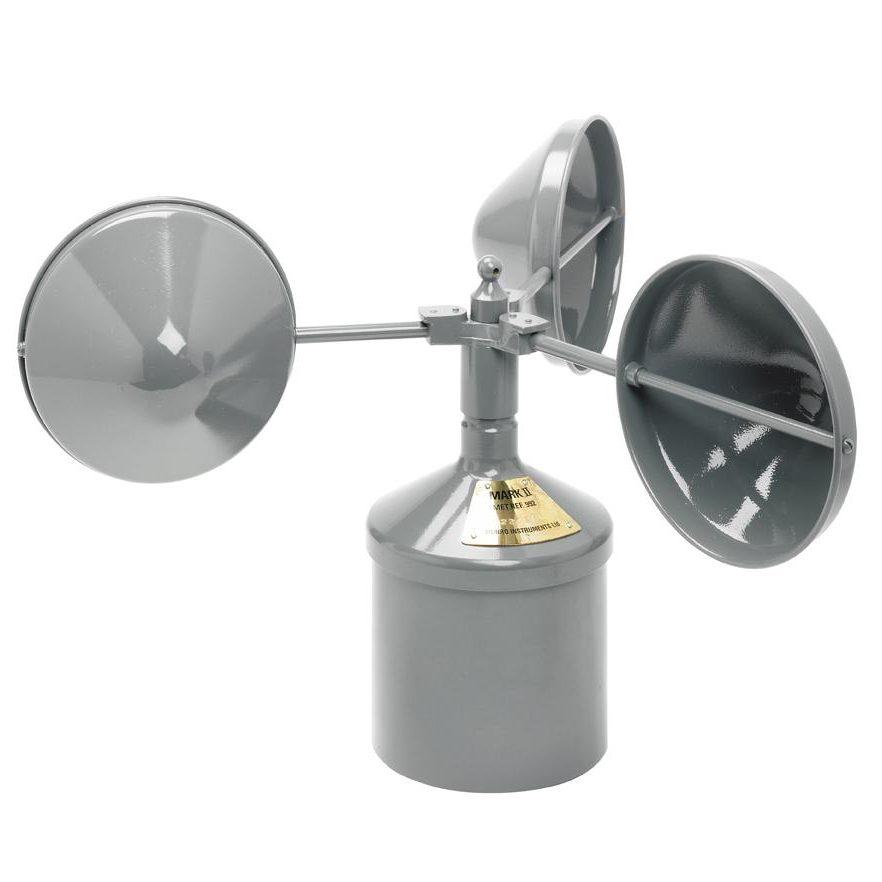The Role of an Anemometer in Improving Safety And Security for Outdoor Activities
The Role of an Anemometer in Improving Safety And Security for Outdoor Activities
Blog Article
All You Required to Know Concerning Anemometers: Just How They Function, Why They Matter, and Where to Utilize Them
Anemometers, however commonly neglected in the realm of scientific tools, play a vital function in different areas, offering useful understandings into wind rate and airflow patterns. Comprehending the mechanics behind these gadgets is vital for any individual seeking to harness the power of this data. From meteorologists tracking weather condition patterns to designers creating frameworks with wind tons in mind, the applications of anemometers are far-reaching and diverse. As we dive into the ins and outs of anemometer technology, we will certainly reveal the inner functions of these devices, their importance, and the vital factors to consider when picking the right anemometer for particular applications.

Anemometer Essentials
A vital tool used to determine wind rate and instructions, the anemometer plays a crucial function in meteorology and numerous markets. An anemometer commonly consists of three or four mugs that revolve in the wind, a vane that directs into the wind, and sensors to track the motions or turnings.
There are various kinds of anemometers readily available, including mug anemometers, vane anemometers, hot-wire anemometers, and sonic anemometers, each with its one-of-a-kind functions and applications. Mug anemometers are typically used for basic wind speed dimensions, while vane anemometers are chosen for directional dimensions. Hot-wire anemometers are suitable for low airspeeds, and sonic anemometers are ideal for high-precision measurements in research and commercial settings. Comprehending the basics of anemometers is crucial for precise wind information collection and evaluation across different industries.
Principles of Anemometer Operation
Building on the foundational understanding of anemometer basics, the concepts of anemometer procedure clarify the auto mechanics behind wind rate and direction dimensions. Anemometers operate the concept of airflow affecting a sensing unit, triggering it to turn. Mug anemometers, for circumstances, have three or even more cups that record the wind, creating them to spin quicker as the wind rate boosts. The turning rate is after that exchanged a wind rate dimension. Vane anemometers, on the various other hand, utilize a tail or a probe that straightens itself with the wind direction, giving a dimension of wind instructions based upon the alignment of the sensing unit. Hot-wire anemometers count on a heated wire that cools off as wind passes over it, with the rate of cooling down identifying the wind speed. Ultrasonic anemometers measure wind speed and instructions by assessing the moment it takes for ultrasonic signals to take a trip in between transducers. Recognizing these principles is vital for reputable and precise wind measurements in numerous applications.
Significance of Anemometers
Anemometers play an essential function in gauging wind rate and direction, supplying important data for weather forecasting, climate research studies, ecological tracking, and aeronautics procedures. Meteorologists rely on anemometers to gather precise wind information, helping them understand weather condition patterns, anticipate storms, and issue timely warnings to the public. Wind farm drivers make use of anemometers to examine wind problems and make best use of power manufacturing from wind generators.
Applications Throughout Various Industries
Applications of anemometers extend redirected here across diverse sectors, showcasing their versatility and utility beyond weather forecasting. In the renewable power industry, anemometers play an essential role in analyzing wind conditions for wind farm placements, making certain ideal energy manufacturing. Industries like construction and mining make use of anemometers to check wind speeds, vital for security protocols, particularly when operating at elevations or in open-pit mines where solid winds can position threats. Anemometers are likewise indispensable in the aeronautics industry, helping pilots in understanding airspeed and wind instructions for secure take-offs and touchdowns. The maritime sector advantages from anemometers for ship navigating, assisting seafarers expect weather changes and readjust routes appropriately. In farming, anemometers aid farmers in managing plant splashing by providing real-time information on wind rate to stay clear of drift. Furthermore, anemometers discover applications in heating and cooling systems to maximize airflow and improve power performance in buildings. The varied usage instances of anemometers underscore their relevance throughout numerous industries, highlighting their vital duty in boosting operational safety and effectiveness (anemometer).

Selecting the Right Anemometer for Your Requirements
Picking the ideal anemometer customized to your specific requirements is necessary for getting exact wind rate and direction dimensions. When selecting an anemometer, think about variables such as the desired application, required measurement variety, check this ecological problems, and wanted attributes. For general functions, a mug anemometer appropriates for measuring wind rate, while a vane anemometer offers wind instructions information. Hot-wire anemometers are excellent for low airspeed dimensions, and ultrasonic anemometers supply high accuracy and resilience.

Conclusion
In final thought, anemometers play a vital role in determining wind rate and direction across various industries. It is essential to take into consideration the importance of anemometers in order to make educated decisions when picking the most suitable device for determining wind problems.
There are different kinds of anemometers available, including cup anemometers, vane anemometers, hot-wire anemometers, and sonic anemometers, each with its unique attributes and applications. Cup anemometers are commonly made use of for fundamental wind rate dimensions, while vane anemometers are liked for directional measurements. Hot-wire anemometers are suitable for reduced pop over to these guys airspeeds, and sonic anemometers are optimal for high-precision dimensions in research study and industrial setups.Structure on the foundational understanding of anemometer basics, the principles of anemometer operation illuminate the auto mechanics behind wind speed and direction measurements. For general objectives, a cup anemometer is appropriate for measuring wind speed, while a vane anemometer supplies wind direction data.
Report this page